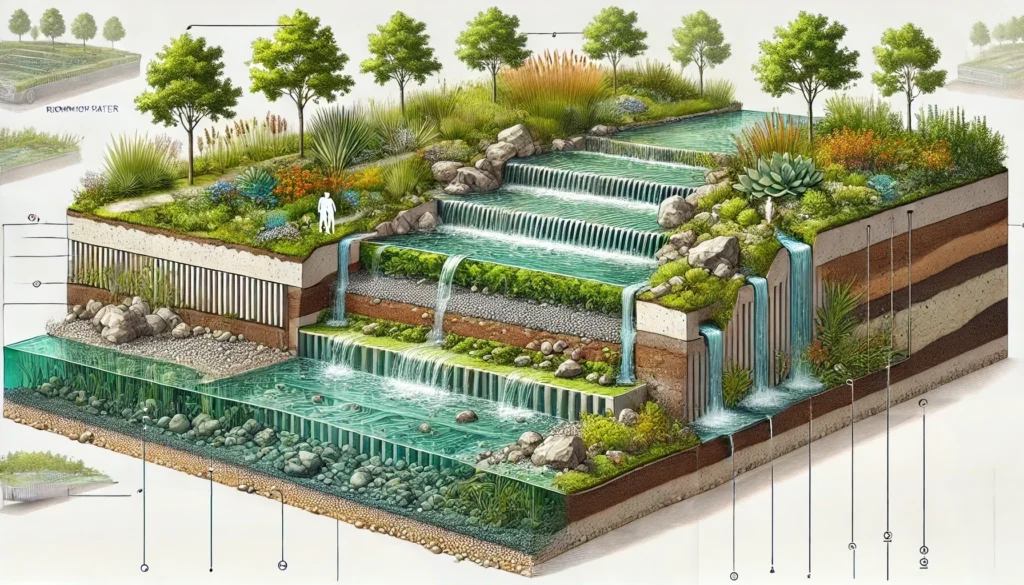Understanding Stormwater Management in Church Property Design
When designing a church property, many factors come into play; however, one critical aspect that often gets overlooked is stormwater management. Effective stormwater management not only enhances the aesthetic appeal of church grounds but also plays a crucial role in maintaining the property’s functionality and sustainability.
Stormwater management involves controlling and using rainwater runoff in a way that reduces negative impacts on the environment and existing infrastructure. For churches, this means implementing systems that manage water flow efficiently while blending seamlessly with the overall design.
Why Stormwater Management Matters
Proper stormwater management ensures that rainwater is collected, treated, and either reused or released into the environment in a controlled manner. By doing this, churches can prevent flooding, reduce soil erosion, and minimize water pollution. Moreover, it promotes the sustainability of the church property by protecting landscaping investments and enhancing the safety of parking areas and walkways.

Innovative Detention Systems
One of the most effective stormwater management techniques involves the use of detention systems. These systems temporarily hold water during heavy rainfall events and release it slowly into the drainage system to prevent flooding. Innovative designs can integrate detention systems into parking lots or landscaped areas, keeping them unobtrusive yet effective.
The Aesthetic Contribution of Retention Ponds
Retention ponds serve as another valuable component of stormwater management. Unlike detention systems, retention ponds are designed to hold a permanent pool of water. They can be designed creatively to add aesthetic value to the church landscape. With thoughtful planning, a retention pond can become an eye-catching feature that enhances the natural beauty of the church campus.

A rain garden managing water runoff during rainfall, featuring a variety of plants, rocks, and a natural water collection area for effective filtration.
Regulations and Best Practices
Church projects must comply with local and state regulations regarding stormwater management. Adhering to these regulations ensures that the church’s property development plans are sustainable and legally compliant. It’s essential to work with architects and civil engineers who are knowledgeable about the latest regulations and best practices in stormwater management for faith-based properties.
Integrating Sustainability
Embracing sustainable stormwater management practices allows churches to play a part in environmental stewardship. Techniques such as rain gardens, permeable pavements, and green roofs contribute to effective water management while adding eco-friendly elements to church design. These practices not only support the environment but also align with the values of many congregations who strive to care for creation.
In conclusion, stormwater management is a vital aspect of church property design that goes beyond functional benefits to include aesthetic, regulatory, and sustainability considerations. By prioritizing innovative and effective stormwater management strategies, churches can enhance their properties, protect their investments, and support environmental sustainability.
Ready to transform your church property with advanced stormwater management solutions? Contact us at david@uniteideas.com to discuss your project needs!
Want to Discuss Your Next Project?
We’d love to hear from you! Whether you have questions, need advice, or are ready to start planning, our team is here to help. Fill out the form below, and let’s start a conversation about bringing your vision to life.





